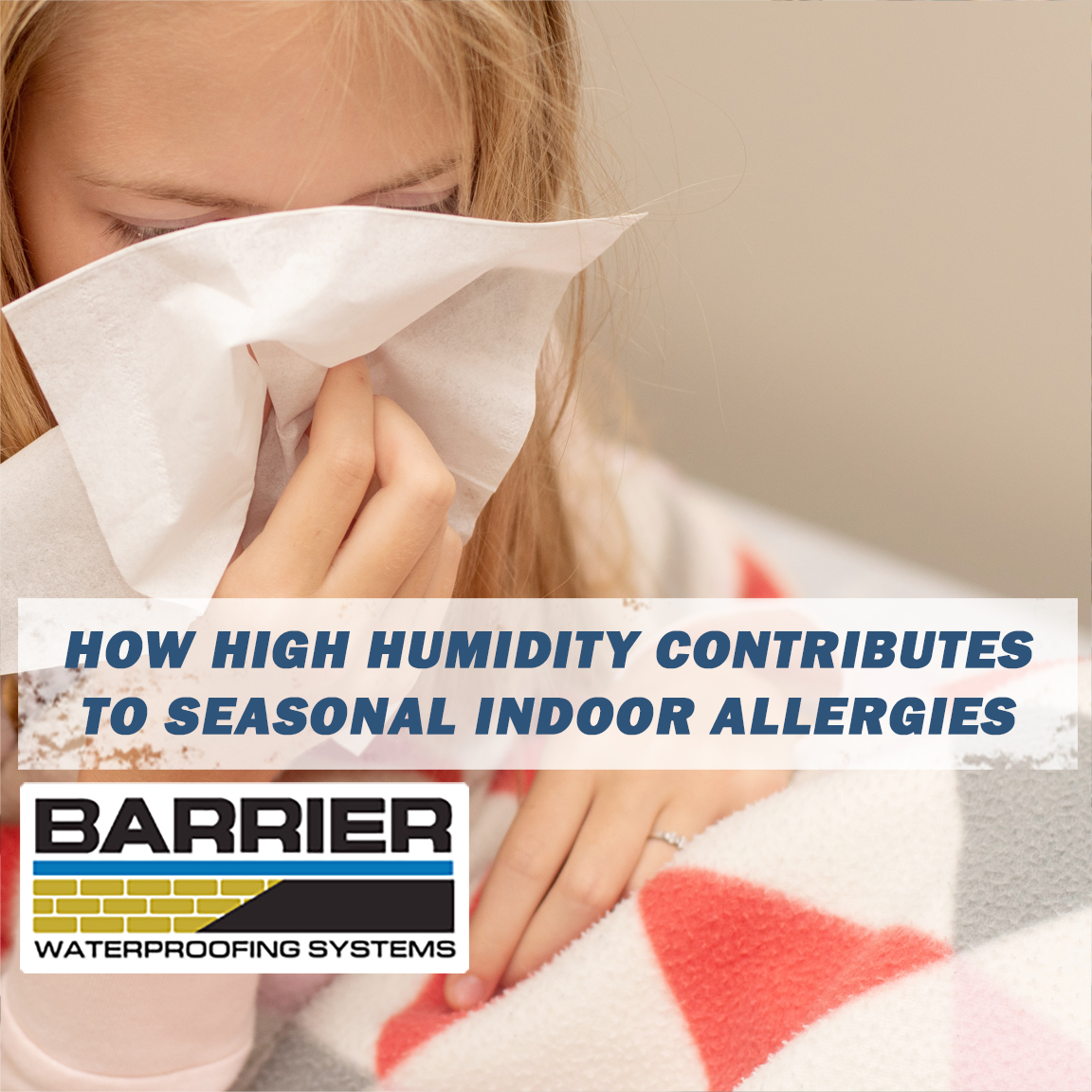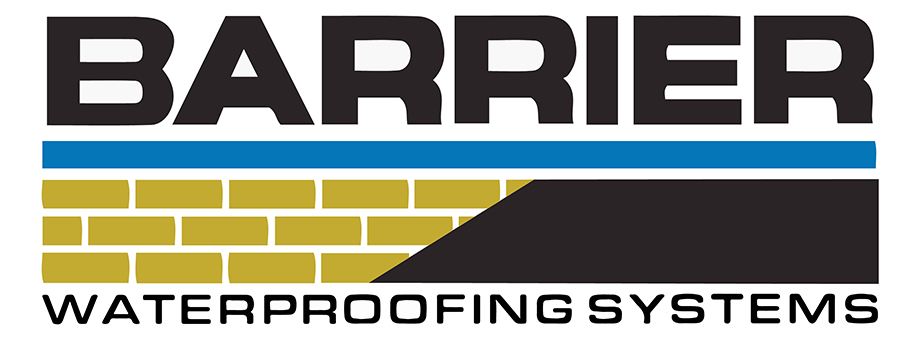Spring is around, but the truth is that it is both a blessing and a curse for some people. If you are prone to seasonal allergies indoors, this is allergy season, and many people with asthma and pollen allergies and other allergies are likely to see their symptoms flare-up. The warm temperatures all around mean the flowers will blossom, grass will be greener but more critically, humidity increases. High humidity is uncomfortable, and with it, the air becomes dense and stuffy, and for some, unending sweating seems to become the norm. Another side effect of some unending high humidity is that the moisture and condensation create ample breeding conditions for mold, mildew, dust mites, and bacteria.
The rise in humidity does not happen outside alone. As the humidity of the ambient air around the house increases, the levels of indoor humidity increase. This affects indoor air quality for a start before it activates other allergens. Indoor humidity means that humans are likely to itch more and shed off a lot of skin as a result. The moisture will soften the shed skin cells for dust mites which means despite providing ample breeding conditions, they will now have an ample supply of food.
Dust mite droppings are known to contain allergens that will flare up allergic reactions and asthmatic symptoms. This is a problem that becomes amplified with increased humidity as the number of dust mites rises. High humidity is a problem associated with high temperatures, which means seasonal allergies indoors for some is both spring and summer.
High humidity may also cause the allergens to grow in other spaces. Crawl spaces are famously notorious for this. Because of the stack effect, the air in the crawl space will find itself indoors as well. Thankfully, there are ample levels of humidity and hygiene that would reduce the allergens. Measures such as crawl space encapsulation will prevent moisture build-up in the crawl space, and humidifiers can reduce indoor humidity levels. If you notice fogged-up windows, mold, humid closest, and more, you may have high humidity and need to control it before it becomes a hazard for you.
If you need help curbing your home’s high humidity issue and consequently controlling your seasonal allergies indoors, call us today. We at BARRIER deliver state-of-the-art crawl space encapsulation and dehumidification services, both of which can go a long way in future-proofing your home against high humidity in the long run.

